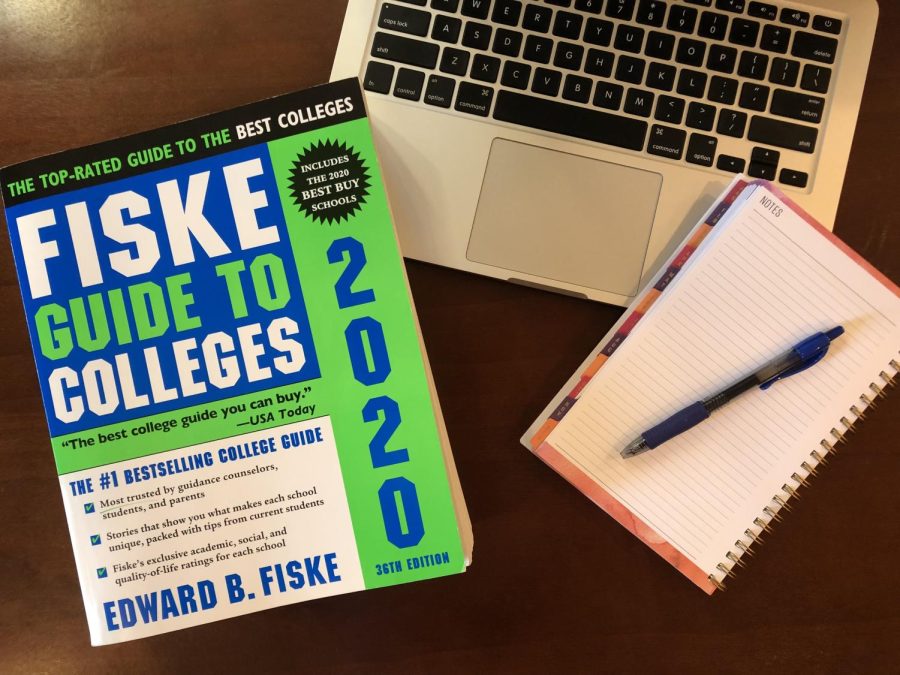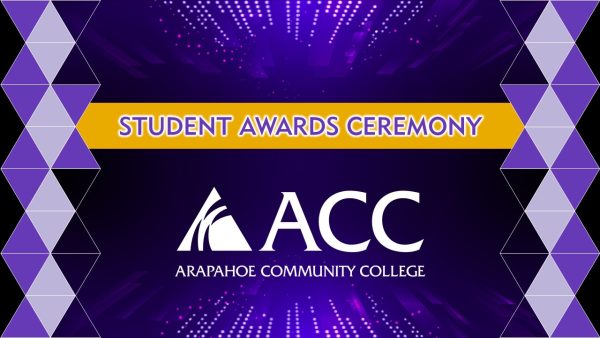Tips for Transfer Students
Image via Shelby O’Brien
The “Fiske Guide to Colleges” can be a helpful resource for students during the transfer process.
College applications can be stressful, confusing, and outright frustrating. Students looking towards transferring to a four-year college or university may find it’s hard to even know where to begin. Maybe students are asking themselves what being a transfer student means. If so, the following tips and advice can help answer some basic questions and guide them on their path as a prospective transfer student.
According to the Coursera website, a transfer student is typically defined as a student who “has completed 12 or more credit hours at one school, then later drops enrollment before finishing their degree at another school.” Using data from the National Clearinghouse Research Center, Coursera said about “37 percent of college students transfer at least once during their college careers, and some may even transfer more than once.”
Starting out at a community college is often seen as a good option for students to take general education courses before transferring to a four-year college or university. According to an Inside Higher Ed article, which uses data from the Community College Student Survey of Student Engagement, about “78 percent of entering [community college] students… indicated transferring to a four-year college or university as a goal, [but] only 31 percent of community college students transfer to a four-year institution.” Making sure students know what resources are available and how to get started on the transfer process can raise the percentage of students who actually end up following through on their intentions to transfer.
Brittany Blei, the transfer specialist at Arapahoe Community College (ACC), says that the best way to begin the transfer process is by starting as soon as possible. This allows students more time to figure out which classes they should be taking and what they want to study without stressing about it the semester before transferring. Blei said, “as far as getting the research, your application, and things like that [completed], you usually want to start a year ahead of time.”
If a student knows they want to transfer to a four-year university in the Fall of 2023, the time to start looking into schools, writing their application, and getting reference letters is now. Starting sooner rather than later also allows students the opportunity to apply for scholarships with enough time to process the applications.
Something to consider in the transfer process is how many credits the student will have that can transfer to the four-year college or university. Blei said, “if you are under 24 credit hours, you are considered more of a new student.” This student could start out as a freshman in college rather than a sophomore or higher. That student might also need to submit high school transcripts and SAT/ACT scores.
Having over 24 credits allows for a student to submit only their college transcript. Thus, any work done prior to starting college is not heavily weighed in the admissions process and students do not need to fret over the grades they received in high school.
When looking into four-year institutions, students can consider how the schools fit their needs. This can be done by evaluating the location, tuition, class size, graduation rates, clubs/activities, and general campus environment. Blei said, “usually if you have a good solid [list of the] top 5 [schools to apply to] that can help [narrow down] the application process.”
When speaking of materials and documents students might need to have handy during the transfer application process, Blei said, “it’s really good to have the syllabi and some [course] assignments” saved. This is especially true for students wanting to transfer to a school outside of Colorado. That way students can readily show that the classes they are taking at ACC have the same learning elements as the classes at the four-year institutions.
To see how classes will transfer between institutions, students can use an online tool called Transferology. It allows students to enter the courses they have taken. From there, students can see what schools are a good match for transferring as many credits as possible based on the classes that institution offers.
Talking directly with the transfer specialists and representatives at the four-year colleges and universities is another way students can get information and resources specific to their needs. As a whole, transfer students have various resources to turn to during the transfer process.
Though this process is not always easy, Blei said, it is important to “keep the end goal in mind… and find people to help with your [transfer] journey.”

Shelby O’Brien is a student at Arapahoe Community College who is currently pursuing her Associate’s Degree in Journalism. She is an avid reader, ballet dancer and foodie. Shelby also speaks French. The top three things on her bucket...












